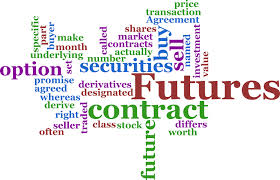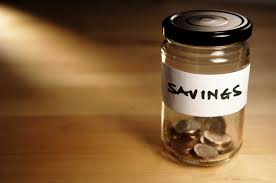Derivative is a security whose price is dependent upon the price of the underlying assets.These securities are called derivatives because the prices of derivatives are derived from the underlying asset.When their is a change in price of an underlying asset then the price of a derivative fluctuates accordingly.
Most of us must have used derivatives at least once but we didn’t know that we were using derivatives at that point of time.The derivatives market is big because almost anything can be used as the underlying asset from shares of companies to commodities.The most common reason for using derivative is for one of the following two:
- Hedging:Hedging means a way to transfer or reduce risk to limit one against financial losses or other adverse circumstances. So a person who wants to limit his risks can use derivatives.
- Speculation:Speculation is quite opposite to hedging,it is a sort of gambling,where people put up bets on their guesses of what will happen in the future.If one’s speculation comes true then they will earn a profit other wise they will undergo a loss
These are the most common reasons for using a derivative.Apart from these they are used to take advantage of an anomaly in the market.
The derivatives market is a very huge market as basically almost can be a basis for it.The market has a variety of derivatives in the market but they all originate from three basic products.All the other types of derivatives offered are a combination of them.The tree basic products in a derivatives markets are:
- Forwards/Futures
- Options
- Swaps
Forwards/Futures
A forwards is a contract to buy or sell any asset at a future date and time.A forwards basically tracks the prices of the underlying asset without having to bother about having to own them.The underlying assets may be commodities,shares ,bonds etc.A futures is a regulated and exchange traded version of a forwards.
Options
A option is more flexible than a futures contract and that is why an upfront premium is usually charged for them.A option gives the holder of it the right to buy or sell the asset mentioned at the quoted price and time interval.One has the option to either execute it or not depending on the advantage of the holder.There are basically two types of options they are CALL OPTIONS and PUT OPTIONS.In a CALL OPTION the holder will have the right to buy a stock at a quoted price. and in a PUT OPTION the holder will have the right to sell a stock at the quoted price for the mentioned period of time
Swaps
Swap is a exchange of one security for another to change the maturity of bond, quality of stocks or bonds, or because investment objectives have changed.Swaps have grown to include currency swaps and interest rate swaps.The most common type of swap is the interest rate swap.Swaps can be used to take advantage of the sudden drop in interest rates by dumping the current rates on companies having less credibility and taking up the reduced interest rates.They. aren’t usually available for retail investors because of the huge amounts involved.
Click here for government certification in Accounting, Banking & Finance





6 Comments. Leave new
Very well explained.
i hope the article was helpful.Just tried to give the overview
helpful article!
good one
Good one!
informative one:)